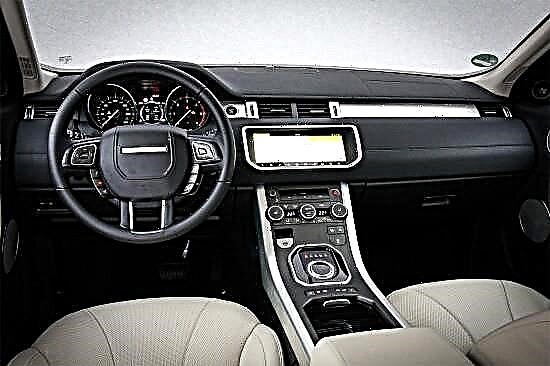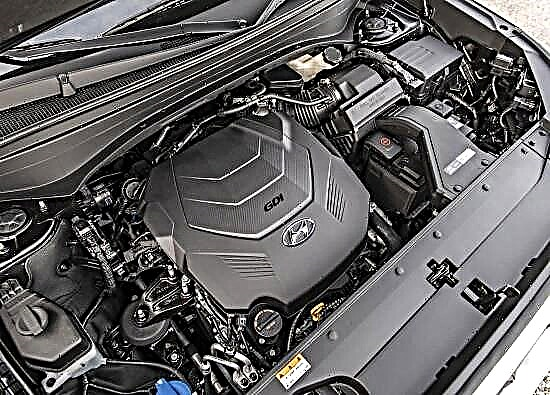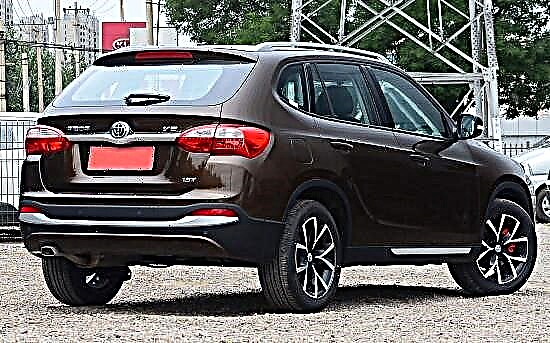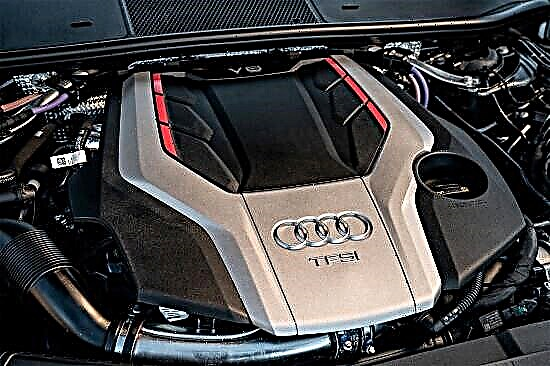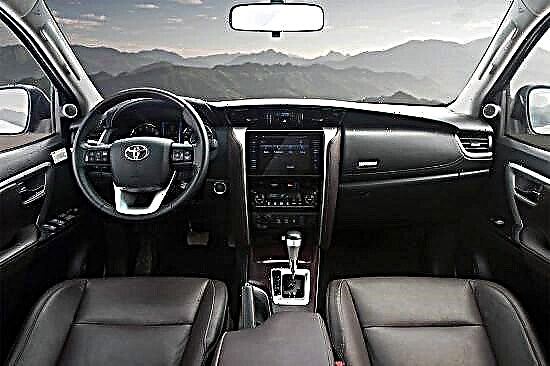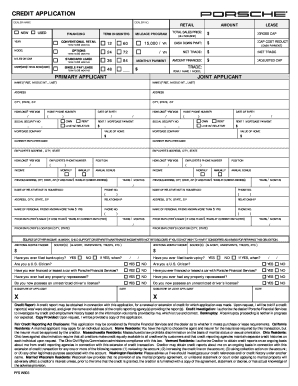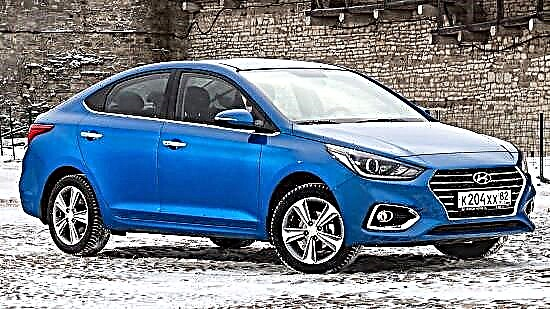Hyundai Solaris is a budget sedan of the "subcompact category" (B-community according to European regulations), which is the "key model" of the South Korean brand in the Russian market. The car, first of all, attracts with its balance - which is why it is equally popular among young people, family people, and even pensioners ...

The four-door of the second generation was officially presented to the Russian public on February 6, 2017 at a special event in Moscow - in general, it turned out to be identical to the Verna model (produced since the fall of 2016 for China). But compared to its predecessor, the second-generation car has changed in the most serious way: it "matured" externally and internally, "armed" with modernized engines, enlarged in size, got a more rigid body and reconfigured suspension.

The presentation of the second-generation restyled three-volume box took place on February 18, 2020 at a special event held directly at the plant in St. Petersburg, where the production of these cars is carried out, and its premiere was timed to coincide with the release of the two-millionth car. As a result of the update, the sedan was refreshed externally due to LED headlights, different bumpers and a wider radiator grille, received light edits to the interior and replenished its arsenal with new options, but at the same time did not undergo any technical metamorphoses.
After the generation change, Hyundai Solaris has become more attractive and mature - largely due to the similarity with the "older" models - it is perceived as nothing more than a "mini-Elantra".

From the front side, the sedan "flaunts" an aggressive look due to the piercing gaze of lighting technology, and an elegant radiator grille with rounded-flowing lines adds a bit of calmness to it.
The car also looks great in profile - the sloping roof, turning into a short "tail" of the trunk, and expressive stampings on the sides extol the swiftness in silhouette, but at the back it seems heavy because of the "puffy" bumper, since graceful lights save the situation.

Solaris of the second incarnation is an overgrown B-class by European standards. The length of the four-door is 4405 mm, and the height and width of its body fit into 1470 mm and 1729 mm, respectively. The wheelsets of the car "prescribe" a 2600 mm "base" between themselves, and under the "belly" it has a clearance of 160 mm.
Interior
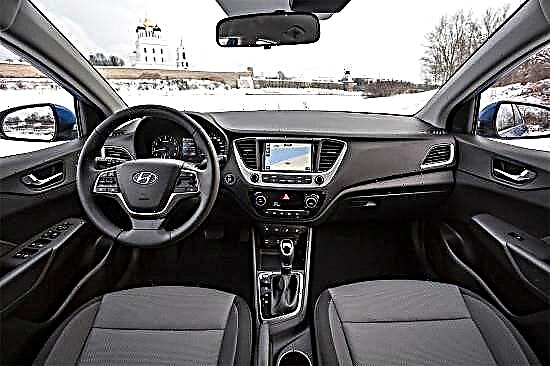
The interior design of the “second” Hyundai Solaris, even before the restyling, attracted attention with a solid and beautiful design + pleased with inexpensive but high-quality materials (pliable plastics were used in the places of contact with hands, and the steering wheel in “non-basic” versions is dressed in leather). The Supervision dashboard is dressed up and informative, the three-spoke steering wheel is comfortable and multifunctional, and the center console, slightly turned towards the driver, is handsome and well thought out: its upper part is left to the mercy of a 7-inch multimedia system display, and the lower part is a stylish block " microclimate ". True, there is one "but" here: such "apartments" are in the "top" sedan, and the basic version looks much simpler.
After restyling, as already noted, the interior underwent point changes, the most noticeable of which was an increase in the diagonal of the mm-system screen by 1 inch.

The front seats of the three-volume box clearly lack developed support on the sides, but in other aspects there are no complaints about them - a well-thought-out profile, sufficient adjustment ranges and an optimally rigid filler.

The rear sofa can accommodate three adults without any problems, but the roof will press on the heads for tall passengers.
The luggage carrier of Solaris of the second generation in standard condition is designed to carry 480 liters of luggage. The backrest of the second row of seats is "cut" in a ratio of "2: 1", but when folded down forms a noticeable step with the floor.

Regardless of the configuration, the "cellar" contains a full-fledged spare wheel (only its dimension changes) and a set of tools.
Specifications
For the second "release" Hyundai Solaris announced two four-cylinder gasoline "aspirated", which are installed in a fold with 6-speed "mechanics" or "automatic" and exclusively front-wheel drive transmission:
- The initial version is a 16-valve G4LC engine from the Kappa family with a volume of 1.4 liters (1368 cubic centimeters) with distributed fuel injection, oil nozzles for cooling the pistons and a pair of phase shifters, developing 100 horsepower at 6000 rpm and 132 Nm of peak thrust at 4000 rpm / minute. With such a "heart" the car shows itself quite well in "driving" disciplines: from zero to "hundred" it accelerates in 12.2-12.9 seconds, maximally "rests" at 183-185 km / h and "destroys" from 5.7 to 6.4 liters gasoline in mixed mode.
- The "top" unit is a 1.6-liter "four" from the Gamma family with a multi-point "feed", a timing chain with 16 valves, two phase shifters and a variable-length intake manifold, the return of which is 123 "stallions" at 6300 rpm and 151 Nm of torque at 4850 rpm. At its peak, such a sedan gains 192-193 km / h, changing from a standstill 100 km / h after 10.3-11.2 seconds, and consumes no more than 6-6.6 liters of fuel in the combined cycle.

Design features
The second generation Solaris is based on the modernized front-wheel drive bogie of its predecessor. High-strength steel grades are widely used in the car body structure - they account for 52%.
At the front, the sedan is equipped with an independent suspension with classic MacPherson struts, and at the rear - a semi-independent configuration with an elastic beam.
All four-door wheels accommodate disc brakes (ventilated on the front axle), which, regardless of the version, are complemented by ABS and EBD. The rack and pinion steering gear "Korean" is paired with an electric power steering by default.
Options and prices
In the Russian market, the restyled Hyundai Solaris of the second generation is offered in four versions - Active, Active Plus, Comfort and Elegance.
The car in the basic configuration is available exclusively with a 1.4-liter engine and "mechanics" at a price of 765,000 rubles, and the list of its equipment is formed: two airbags, front power windows, ABS, EBD, ESP, 15-inch steel wheels, central locking, ERA-GLONASS system, tire pressure sensors, audio preparation and some other equipment.
If you need air conditioning, you will have to take the Active Plus version at a price of 840,000 rubles with a 1.4-liter engine and from 865,000 rubles for a version with a 1.6-liter "aspirated" (surcharge for an "automatic" in both cases - 40,000 rubles), and "Top" performance will cost from 1,015,000 rubles.
The most "sophisticated" sedan boasts: LED headlights and lamps, heated front seats, electric and heated mirrors, a media center with an 8-inch screen, 15-inch alloy wheels, single-zone "climate", front and rear parking sensors, fog lights, an audio system with six columns, heated steering wheel and windshield, "cruise" and other modern "gadgets".
In addition, three optional packages are announced for the maximum configuration: Prestige (keyless entry and engine start, rear view camera, chrome door handles, heated rear seats) for 43,000 rubles; Safety (six airbags, 16-inch wheels, a rear-view camera and a navigator) for 70,000 rubles; Style (the same as in Safety, but the Yandex.Auto navigator) for 80,000 rubles.

